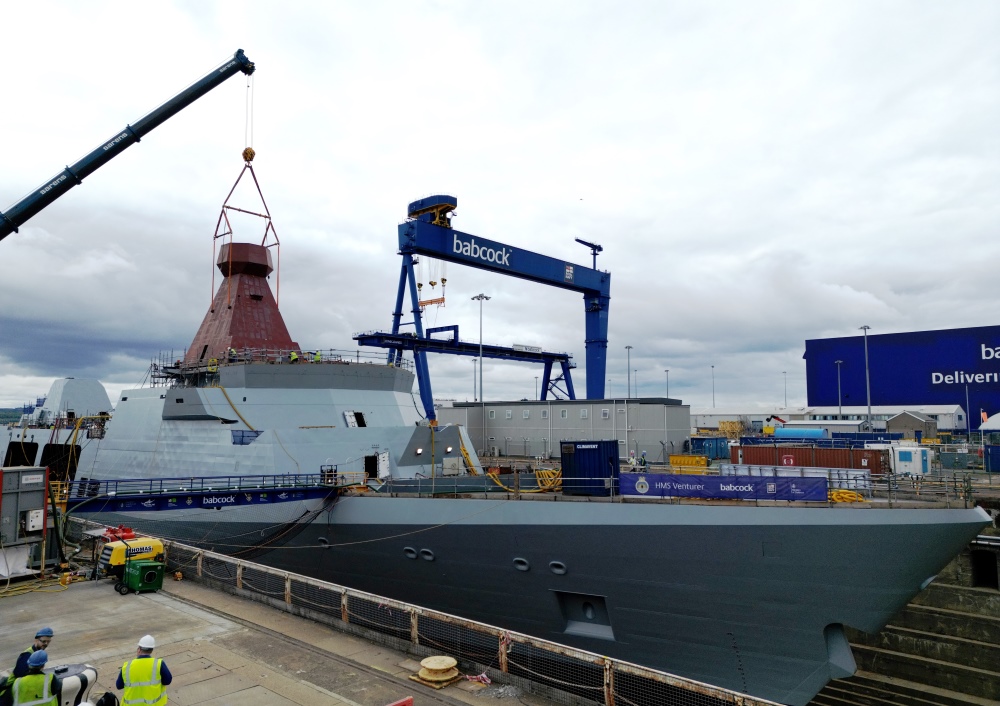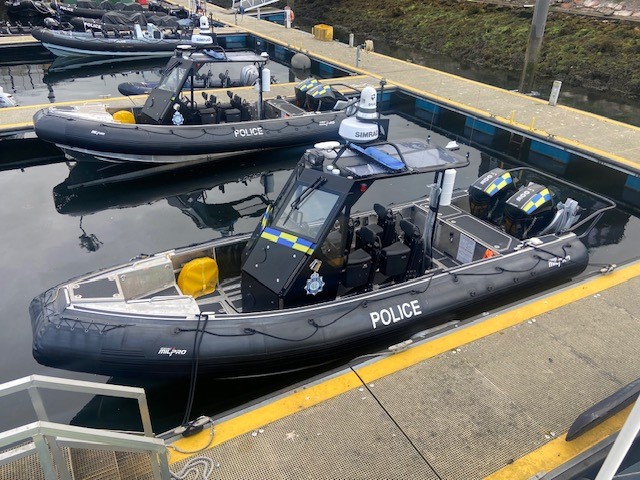Surrey-based NSC enhances virtual training for British Troops

The digital deployment – delivered by leading training and simulation company NSC – saw each of the formation’s battlegroups plugged into JCOVE [Joint Combat Operations Virtual Environment].
Originally introduced to British Service personnel in 2007 as a means of training troops in vehicle convoy drills, JCOVE has been developed to emulate and test soldiers’ reactions to foot patrols, Taliban ambushes and the ever-present threat of improvised explosive devices.

Utilising military simulator Virtual Battlespace 2, a spin-off from commercial game engines, the training is run on a network of laptop computers with those taking part able to communicate via headsets. It boasts console-quality aesthetics - with which the British Army’s PlayStation generation will be familiar - and features authentic weaponry, vehicles and Afghan-style terrain.
NSC has already rolled-out digital duplicates of Mastiff and Jackal - two recent arrivals in the Army’s armoured vehicle arsenal – and virtual versions of the Ridgback and Husky are revving up for action. The Service’s new multi-terrain pattern camouflage will also be added to the war-game’s wardrobe in the coming weeks.
Chris Williams, project group manager of virtual training and simulation systems at Surrey-based NSC, said: “This sort of training has its limitations but soldiers - particularly those using JCOVE - really get involved with it and don’t just sit there thinking ‘I’m playing a computer game’. It is far more realistic than any game on the market and is not there for entertainment – it is there for training and troops see and treat it differently.
“A game only has to have enough code behind it to make the on-screen soldiers and enemies do the things necessary for the title’s storyline. A training system has to be able to do anything. Our ‘soldiers’ are at the will of the operator and consequently you can’t have any areas of the map which are off limits.
“We also have to make sure that the software’s weapons systems are realistic – in a simulation you can’t suddenly acquire a super weapon that can take out all of the enemy in one shot.”
Williams said that the realism brought to the pre-deployment mix by NSC - which also develops and delivers strategic and operational war-gaming solutions for the UK Joint Services Command and Staff College and Land Warfare Centre - complemented traditional training methods. He said: “With an exercise on Salisbury Plain it can be raining and muddy, the soldiers all wear green and they’ve got Afghans driving about in brand new 4x4s – so much so that it doesn’t look authentic. Put the training on a computer screen and these things do look real: the scenery looks real, the Afghans look real and there are beaten-up cars instead of shiny vehicles.
“Of course, there are a whole lot of other things that aren’t real - you’re not tired because you haven’t just walked ten miles and your knees don’t hurt when you’re kneeling in a ditch.”
In addition to readying those who will be patrolling Helmand’s streets and wadi systems, NSC has exposed 20th Armoured Brigade’s commanders and headquarters staff to a synthetic snapshot of the challenges of monitoring missions from a forward operating base.
Replicating the hi-tech surveillance equipment found in and around British bases in Afghanistan, the training solutions provider transformed the Army’s Combined Arms Staff Trainer (CAST) at Sennelager in Germany into a high-octane operations room.
Aimed at arming those who will be controlling intelligence assets in areas such as Lashkar Gah or Nad-e Ali with the tactics and technical know-how to hit the ground running, NSC’s custom-built Base ISTAR [intelligence, surveillance, target acquisition and reconnaissance] system allows users to control a wide range of sensor types to monitor a virtual operating environment which can be customised to feature specific threats and actions.
Whether viewing 'live' video feed from a nearby forward operating base, reconnaissance UAV circling overhead or communicating with a patrol commander out on the ground, the configuration prepares troops for the rigours of reacting to complex events.
Williams, who has been a member of the NSC team for nine years, said: “Our software allows users to be the eyes and ears of a battlegroup and take a view of all surveillance assets and control where they are looking. In the event that something bad happens they can wind back and try and work out where the enemy came from.
“The emulation is deliberately intuitive in respect of a soldier being able to pick it up and use it effectively in half-an-hour rather than it take seven weeks to learn every nut and bolt of the system. The functionality that troops are going to be using 99% of the time is in there and is easy to use.”
Whether preparing personnel for the sights and sounds of a patrol or rehearsing the reactions of those watching their backs in an ops room, Williams is clear that NSC’s innovative systems are helping to preserve British lives in Helmand province. He said: “Training soldiers is all about giving them the drills to deal with any given situation. When something bad happens the first thing people do is panic, which is why soldiers go over things time and time again. When they are faced with challenging circumstances their training kicks in and they do the things they need to do to save lives.
“Our training systems help with that process. If you want to test a soldier’s reaction to a vehicle blowing up and you are doing it ‘live’, it ends up being a very expensive exercise and can put people at risk of injury. When you do it in a simulation you can do it 100 times at no cost and troops still react in the same way – you can feel the adrenalin go round the room. This type of training is being used, is useful and is saving lives.”












